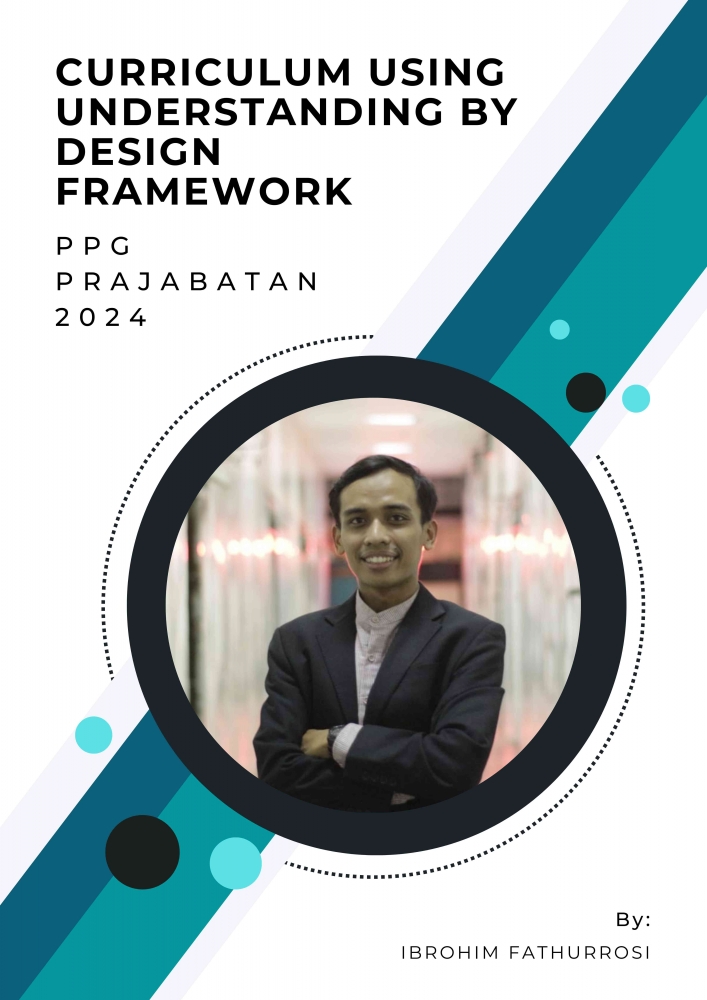The curriculum is an important component of education that has a variety of definitions and interpretations. According to Saylor and Alexander (1974) a curriculum is a set of learning experiences that are planned and designed to a particular educational goal. Ralph W. Tyler (1949) defined the curriculum as a plan to organize the learning experience of the student-organized to specific educational goals, such as developing a particular skill, knowledge, or attitude. Several experts have tried to give their own ideas concerning how the most appropriate framework to compile a curriculum. Wiggins and McTighe were also involved in enriching the development of the curriculum framework known as Understanding by Design. The backward design model focuses on learning objectives as learning outcomes before planning learning activities. Instead of focusing on the learning activities to be carried out, educators should first plan a learning outcome for the students. In this article, we will describe some things related to the curriculum using the framework of Understanding by Design. To focus on the direction and purpose of the discussion, it will be limited to four formula problems, (a) how UbD is implemented in learning, (b) analysis of the implementation of UbD in Indonesia, (c) how the learner's learning outcomes are expected in a framework, (d) how educator's role in implementing UbD.
Implementation of UbD in Learning
UbD (Understanding by Design) is a modular framework that focuses on deep digestion and measured learning outcomes. UbD implementation in learning can be done through three main stages:
1. Specify the desired result
- Formulate clear and measurable learning goals.
- Identify the knowledge, skills, and understanding that the student wants to.
- Determine the concept map and understanding that the student wants to master.
2. Determine the evidence of learning
- Design an assessment that matches the objectives formulated.
- Provide constructive, sustainable, and meaningful feedback to learners.
- Analyze the results of the assessments obtained to evaluate the effectiveness of learning.
3. Planning learning activities
- Determine appropriate learning methods and strategies to learning goals.
- Design learning that provides meaningful experiences for students.
- Provides learning resources that are supportive and relevant to the learning material.
UbD Implementation Analysis in Indonesia
The curriculum framework with the principle of UbD has not been fully implemented in Indonesia.
1. The educator's understanding of the concept of UbD is still public.
2. The limitations of resources and time for developing UDB-based learning.
3. Lack of support from schools and government.
Despite this, there are some efforts being made to improve the implementation of UbD in Indonesia, such as:
1. Educational training on UbD.
2. Development of learning modules based on UbD.
3. Socialization and advocacy of UbD against schools and the government.
Students' expected learning outcomes in the framework of UbD
1. In-depth understanding of the learning material.
2. Skill in critical and creative thinking.
3. Skill in solving problems and making decisions.
4. Skill in communicating effectively.
5. Skill in collaborating with others.
6. Skill in self-learning.






